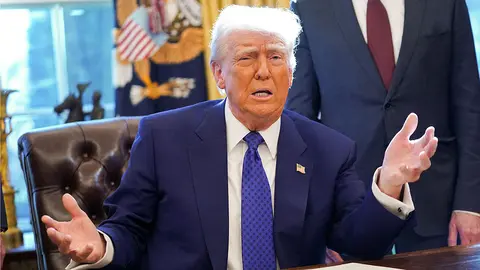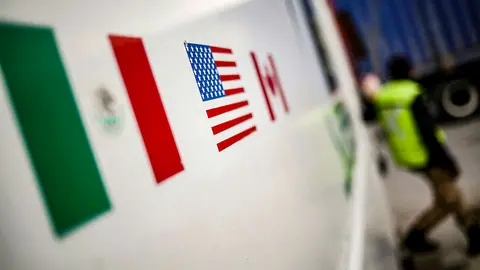What is the purpose of a king?

For the time being, and although some monarchies have disappeared since then, those that remain continue to fulfil their main mission: to symbolise the unity of the country they rule.
Charles III, the current monarch of the United Kingdom, is also the monarch of 14 of the 56 countries that make up the Commonwealth, the association of nations created in 1949, which includes countries that gained independence after having been part of the British Empire. Among its members and one of the 14 that recognise the English monarch as their head of state is Canada, one of the first to gain independence from London, which it achieved in 1867 after Queen Victoria approved the British North America Act. Article 9 of its Constitution Act recognised the country as a monarchy, embodied by the British monarch, who appoints a governor general as his representative.
Although it is established that the ritual inaugurating the legislatures in Canada is led by the King, as in the United Kingdom itself, this ritual has only been performed twice: the first time in 1957, when Elizabeth II inaugurated the Canadian Parliament, and this week in 2025, when her son Charles III did so, accompanied by Queen Camilla.
While the obvious recipients of the King's half-hour speech were the members of Parliament elected in the last election, the government headed by Prime Minister Mark Carney and, of course, the Canadian people, there was another main recipient: US President Donald Trump, who has not yet retracted his ambitions to annex Canada and make it the 51st state of the Union.
With the monarch's speech largely written by the Canadian government itself, as is the case in London, Charles III reaffirmed himself as a symbol of Canadian identity by proclaiming his admiration for it, which he expressed in both English and French, the country's two official languages, noting that 'that unique identity is recognised throughout the world for its courage and sacrifice in defence of its values, and for the diversity and kindness of its citizens'.
As head of state, although without executive powers, Charles III recognised the members of parliament as the legitimate representatives of the communities that populate the second largest country in the world, behind only Russia, but ahead of the United States, China and Brazil. The monarch thus emphasised the ‘extraordinary wealth of cultures, languages and perspectives’ of the Canadian federation.
‘The True North stands strong and free’ is the motto of a country whose name derives from the Iroquois word ‘kanata’, which means a settlement or group of huts. This motto has reinforced the country's sovereignty and its allegiance to the King as a symbol and embodiment of its institutional strength. It was Prime Minister Mark Carney, who was also governor of the Bank of England between 2013 and 2020, who proposed to Charles III that he open the Canadian legislature, following his meeting with Donald Trump in the Oval Office of the White House. Carney told the president that Canada would never be just another star on the American flag. To which Trump replied, ‘never say never’.
Now, Charles III has come to tell Trump that Canada already has a head of state, which the king himself will have the opportunity to reiterate in London, if Trump accepts the invitation that the monarch sent him officially in a letter delivered personally by British Prime Minister Keir Starmer.
The country's national media acknowledge that the King's visit has, among other things, prompted left-wing political forces to reaffirm the strength of their parliamentary monarchy as an institutional refuge against unprecedented threats from abroad. This is all the more so given that Charles III himself described the current situation as a ‘critical moment’ for defending concepts such as ‘democracy, pluralism, the rule of law, self-determination and freedom’.



